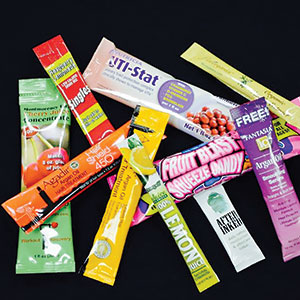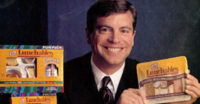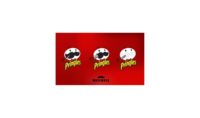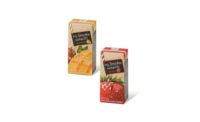It may have taken over 15 years, but stick packs have now become an accepted and desired form of packaging for single-dose applications of products. Stick packs provide a user-friendly application of single-serve products in an attractive tamper evident package. They’re great for products you need to travel with or have available with you at all times.
It’s fairly common in the course of a day to experience the convenience of a product filled in a stick pack. Your first cup of coffee today may have been made using a stick pack containing Starbucks VIA instant coffee. When you got to the mall, someone may have handed you a sample of skin moisturizing lotion in a stick pack as you passed their kiosk. You may have proceeded to the nutrition store to purchase some nutritional supplements and were pleased to see that these products were now being sold in stick packs. At your next stop, while picking up some hair and personal care products, you may have helped yourself to some free samples of Agadir hair treatments and After Inked tattoo moisturizer packaged in stick packs. On the way to your car, you purchased a bottle of water and proceeded to open a stick pack of raspberry lemonade singles to pour into it. You may have then proceeded to the drug store where you purchased a box of your favorite migraine cure, which contained eight stick packs of sublingual pain medicine. Upon arriving home, you may have treated yourself to a hot cup of tea with lemon juice from a stick pack you just opened. Whether it is sugar or sweeteners, flavored drink concentrates, over-the-counter drugs or samples of new cosmetics or personal care products, stick packs are now established in the market place. And they’re here to stay.

|
|
Stick packs are among the hottest trends in unit-dose flexible packaging. |
As you may know, stick packs originated in Japan and became available in the United States in the 1990s. Today, they’re among the hottest trends in unit-dose flexible packaging. The availability of stick packs to meet growing markets has been made possible by state-of-the-art equipment, a diversified supply chain of flexible structures and contract packagers providing increased filling capacity. Faster machines and improved printed structures have allowed fillers to provide the stick pack as an economic single-serve solution and a more environmentally friendly option than alternative packaging. Along the lines of the latter eco-friendly point, stick packs require less material to fabricate than rigid alternatives, thereby requiring fewer shipments of product and taking up less space in landfills after they’re discarded.
Our company acquired its first stick pack machine in 2002 with the goal of providing an alternative form of liquid packaging. Presently, we have four stick pack machines and eight custom machines working – a reflection of the upwards trending stick pack movement, which happens to be the fastest growing segment of our business. With the flexibility of filling machines and advances in digital-printed structures, small and large runs can be accommodated. And new flexible packages are always at the forefront – take for example the “Tear and Tuck,” a reclosable flexible tube.
Yes, in the future, all bets are on stick packs.
Unette Corporation
(973) 328-6800
www.unette.com



